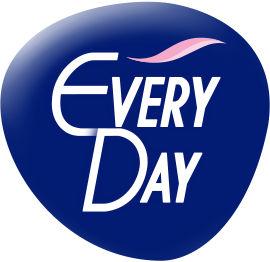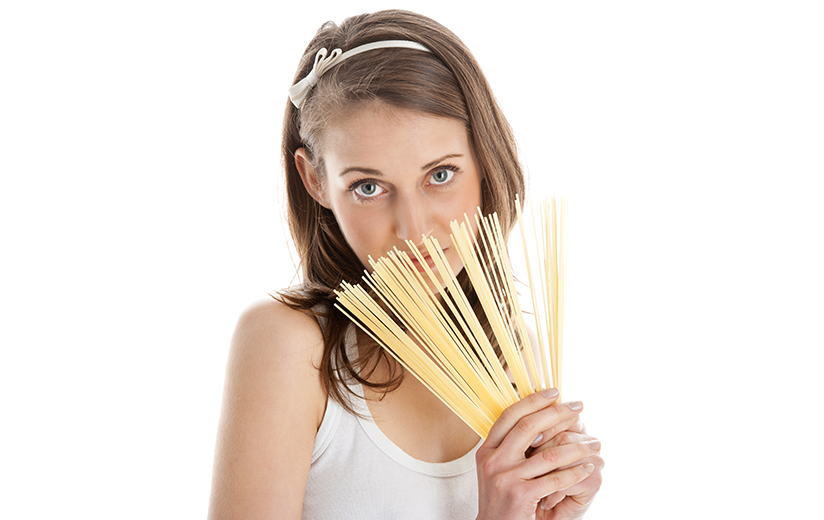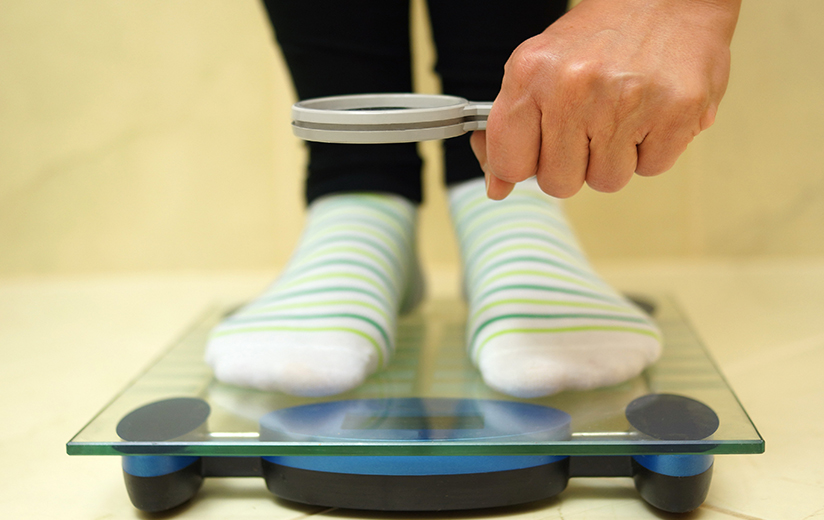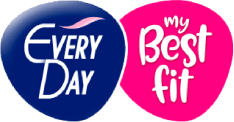Nutritional needs during adolescence
Nutritional needs during adolescence
Maria Skoura
During adolescence, the body changes and grows up rapidly. During this time, children’s bodies change in different ways at different times. No two teenage bodies are the same. For the boys, the height increases on average by 26 cm, while the weight by 26 kilos. For girls, the height is increased by 23 cm while the weight by 21 kilos. Due to the rapid physical changes and the start of menstruation, teenage girls have one more reason to follow a full and healthy diet.
Unfortunately, statistics regarding the adolescent’s nutrition show increased percentages in eating abnormalities, such as overeating and bad nutritional habits, anorexia nervosa, unorthodox diets and bulimia along with other eating disorders. Studies show that 1 in 5 adolescents (22%) aged 12-17 is overweight while 10% of adolescents are obese.
A healthy diet should cover your daily nutritional needs in protein, calcium and iron, while paying attention to the overconsumption of food high in dietary fat and simple carbohydrates (sugar).
Your daily needs include:
• 3 portions of dairy products
• 3 portions of protein
• 4-5 portions of fruit and vegetables
• 6 portions of cereals of (mainly wholegrain)
Everyday meal planning
-3 main courses (a combination of starch + protein + salad)
-2,3 in between snacks (i.e. brunch, afternoon snack)
-Breakfast is very important for students
Mediterranean diet weekly menu plan
• Legumes for lunch 2 times per week.
• 1-2 times per week fish or poultry or meat (lunch-supper).
• 3-4 times per week course based on olive oil or combination of rice or pasta (lunch – supper).
• 1-2 slices of bread daily.
• A daily portion of dairy products (milk or yoghurt or cheese).
• Vegetables in large quantities daily
• 1-2 fruit daily.
• Sweets 2-3 times per week in small quantities (portion).
• Use of edible fats (mostly olive oil).
Suggested nutritional snacks
• Fruit fresh or drained
• Milk or yoghurt
• Dry fruit
• Fresh Juices
• Vegetables strips with olive oil and salt
• Nougat with honey
• Cereal bars with fruit and seeds
• Sesame bread or with grapes
• Homemade cheese pie or spinach pie
• Homemade cake
Full breakfast-
– 1 cup of milk with cereals and 1 fruit
– 1 cup of milk, 1-2 slices of bread with some butter and honey and 1 fruit or juice
– 1 toast (bread, ham, cheese) and 1 fruit or juice
Remember that a poor diet can lead to obesity, growth disorders, decrease in metabolism, fatigue, difficulty in concentrating, symptoms of depression, weak immune system and interruption of menstruation for girls.
Maria SkouraNutritionist, Scientific Associate of the Greek Society of Adolescent Medicine















